There have been some excellent and interesting EVs launched into the world already, and it is often the ‘first’ of a certain kind of anything that ends up being the most collectible in the years to come – think of first-edition prints of classic literature or early pressings of the most beloved songs and albums on vinyl, for example – so here are our guesses as to the electric cars available now with the best chance of attaining potential future classic status.
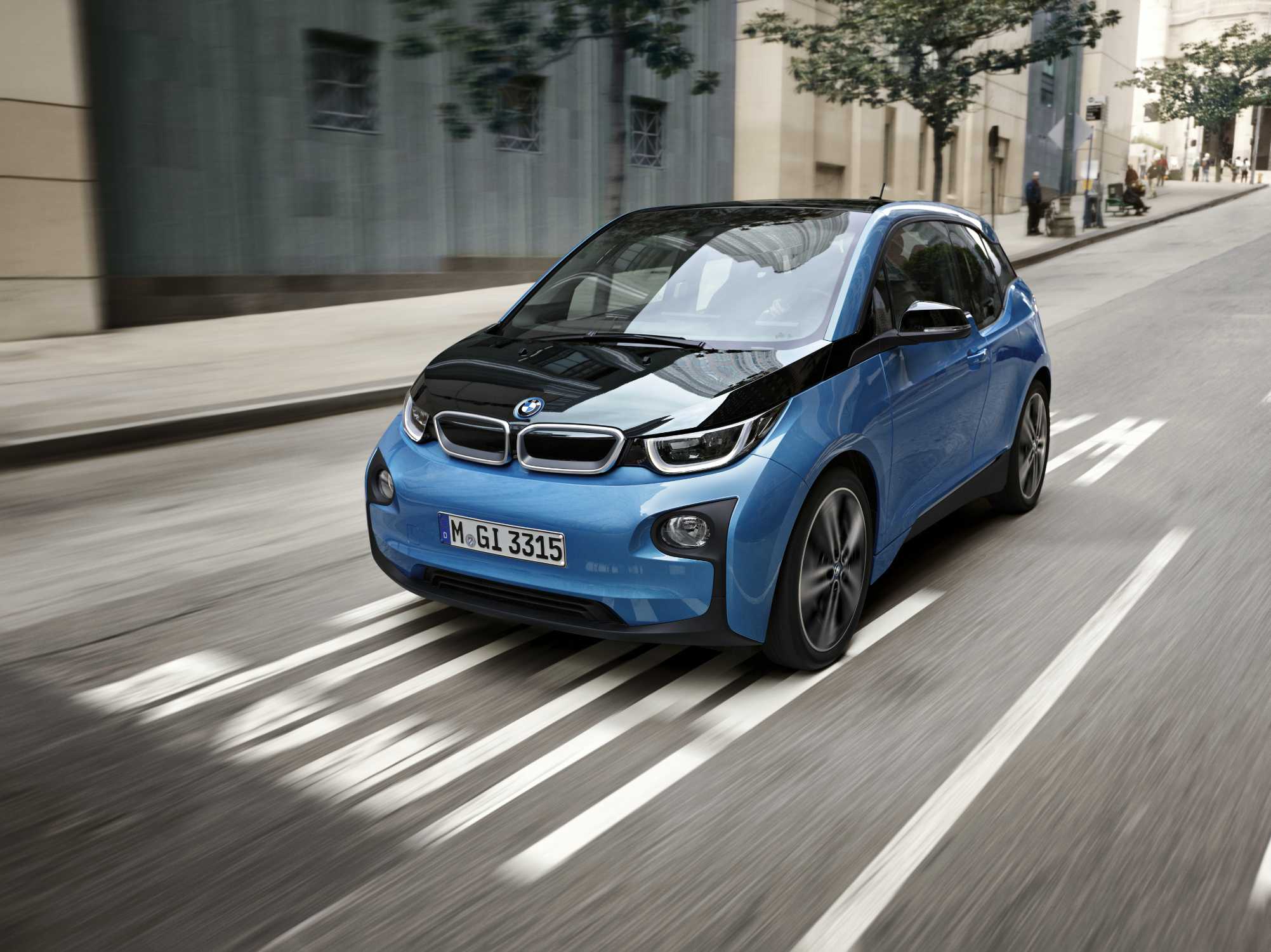
‘Ahead of its time’ is always a great epithet for any car to earn, electric or otherwise, and there can be few EVs so far ahead of their time than the BMW i3. In fact, so advanced was it that it has gone out of production now – the final examples rolled off the line in 2022, having originally launched way back in 2013. The BMW’s trick is that it looked like it was from 20 years hence, but operated inside in an intuitive fashion, and placed the emphasis on a roomy and practical cabin. Throw in usable real-world driving range and all sold at reasonably affordable prices, and the i3 could still show some of the supposedly cheaper EVs on sale today a thing or two. > BMW i3 Cars For Sale
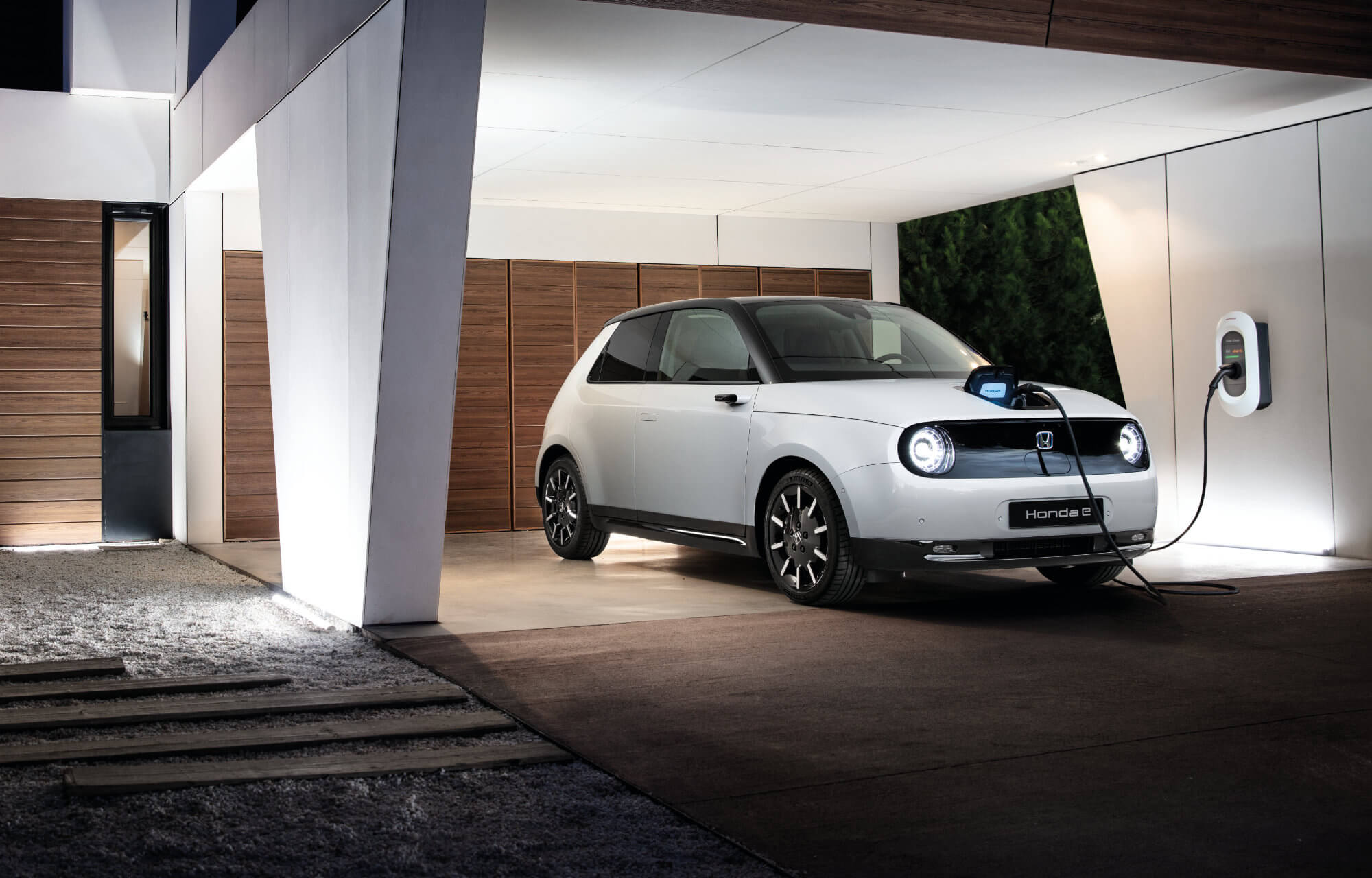
Another car that feels like it was possibly slightly too far ahead of the curve. There’s an EV lower down this list that shamelessly rips off one of its historic products to devastatingly good effect with an affordable, small electric runaround, but that’s precisely what Honda did with the short-lived e. It was a cutesy, modern interpretation of the original Civic of the 1970s, but the Honda e looked even better than the vehicle it was inspired by. It also had a wonderful, lounge-like interior complete with a ‘fish tank’ dashboard effect and more than enough space for four tall adults to get comfortable onboard, but perhaps the Honda e’s biggest drawback was a maximum range of just 220km. However, its relative rarity and three-year production run should ensure it’ll be much sought after in the future. > Honda e Cars For Sale
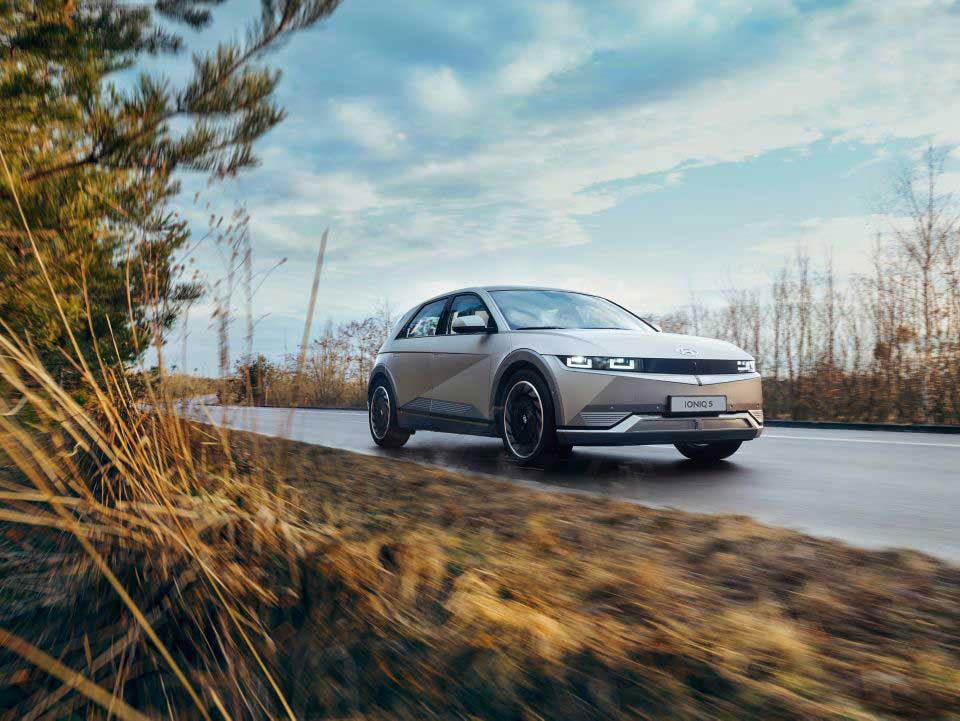
Any model of Hyundai’s boxy Ioniq 5 is sure to have major appeal further down the line, because it was arguably the latest in a series of hugely transformative moments in this Korean company’s rise from bargain-basement outsider to one of the most desirable mainstream brands in the world. The Ioniq 5, though, while not quite the first EV from this company, showed that the manufacturer had got a grip on thoroughly distinctive styling and high-quality interior finishing, plus of course all the long-range usability you’d expect from Hyundai. It’s at its most game-changing in high-performance 5 N format, with a colossal 650hp on tap, but even if you can’t bag one of those, a 305hp dual-motor should more than suffice in collectors’ eyes. > Hyundai Ioniq 5 Cars For Sale
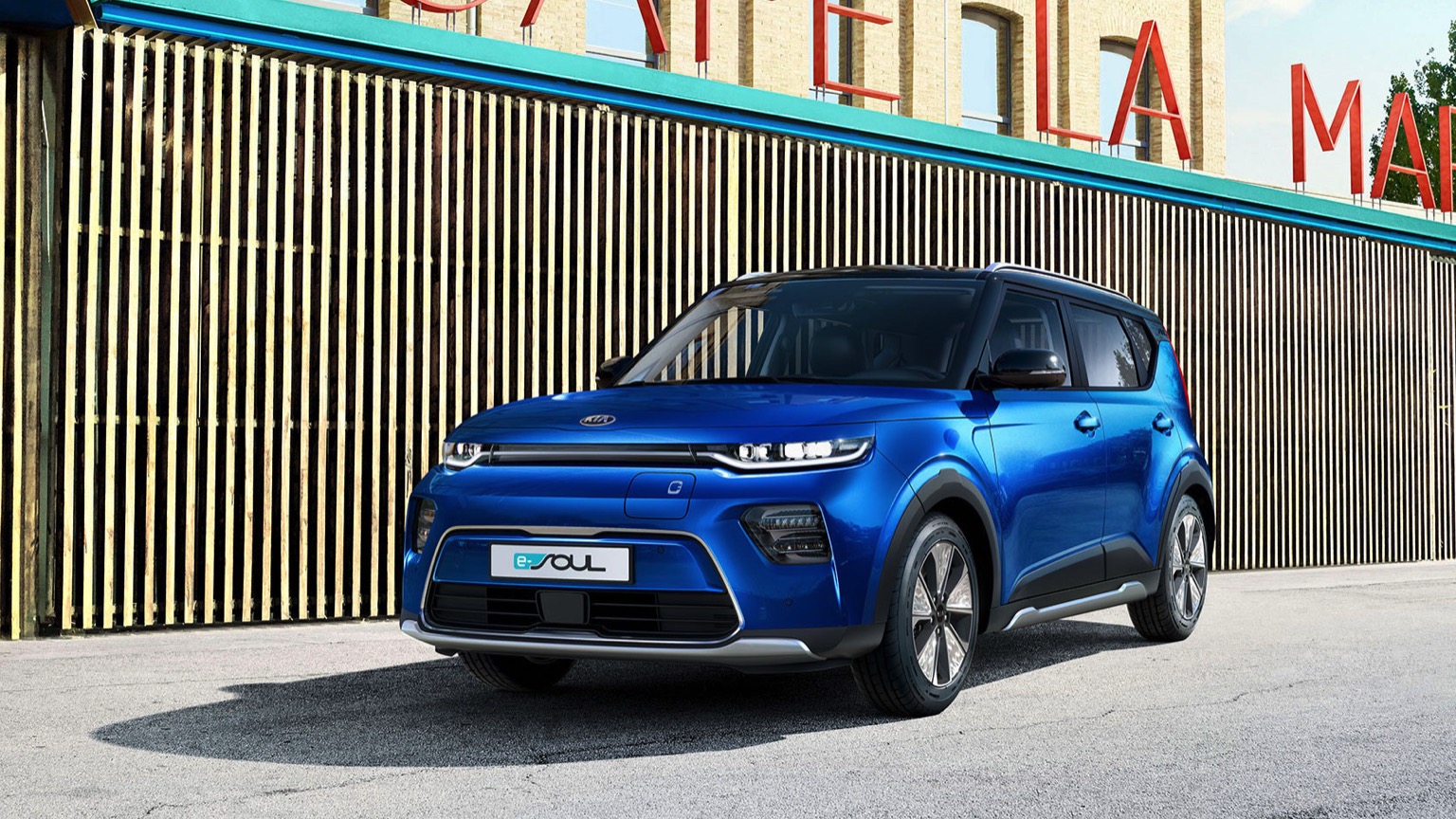
Like the Ioniq above, we could easily have picked the sleek, swoopy EV6 as Kia’s seminal moment, the sibling company to Hyundai transitioning to an all-electric, family-car product with astonishing success. But we’re actually going to focus on the less well-known Soul EV. This is because nobody makes a car shaped as distinctively as the Soul any longer, and yet this zero-emission vehicle from Kia is highly practical – with a range of more than 450km and 204hp on tap too, it’s both long-legged and reasonably quick. What should make the Soul EV, renamed as the Kia e-Soul with the launch of the second generation in 2019, something that might one day attain future classic status is that it was obviously built with a sense of fun in mind, despite all its useable sensibilities. > Kia e-Soul Cars Ford Sale
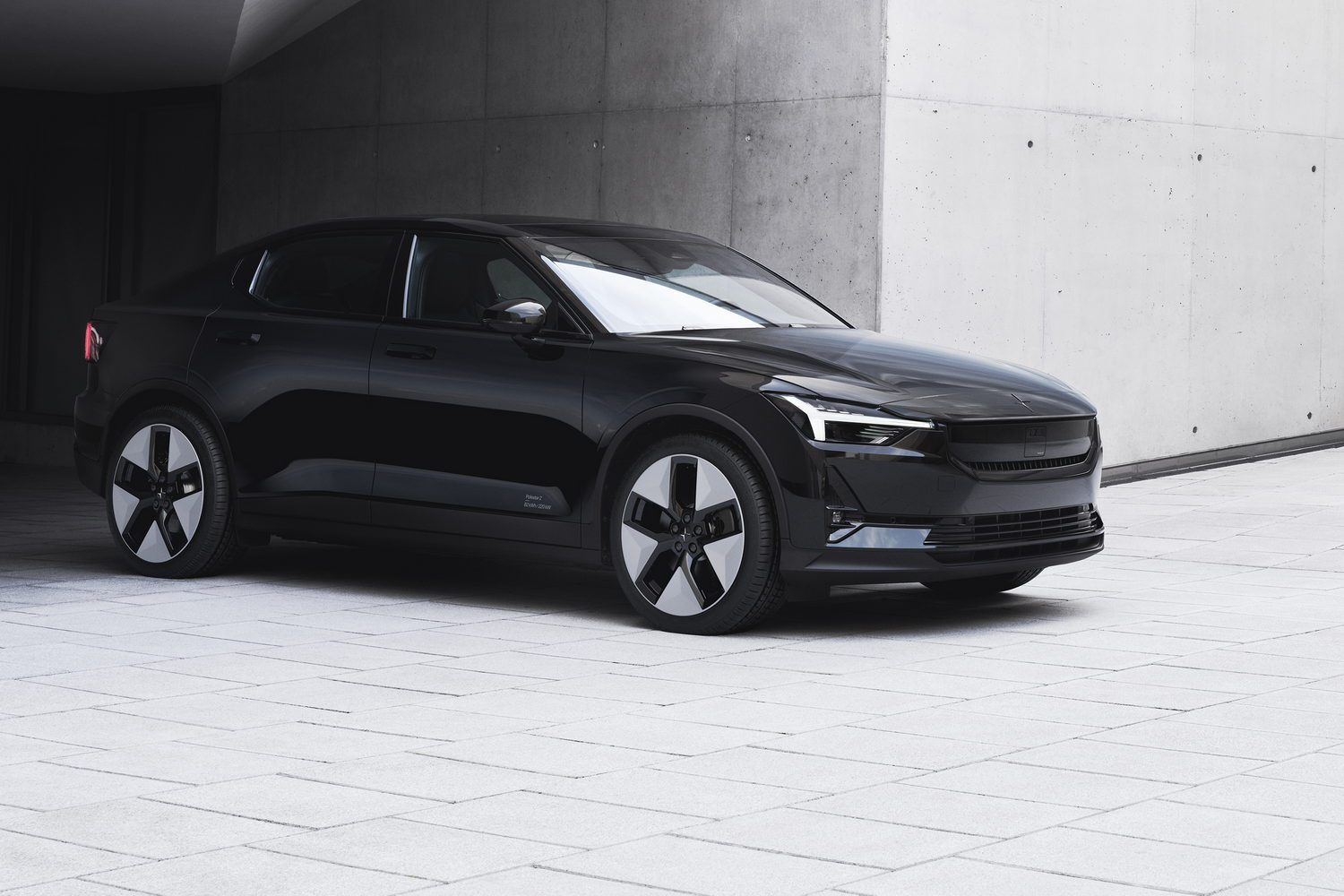
People love classic Volvos today, with values of the boxy old cars from decades past on the rise in the 2020s. Well, Polestar is effectively the electric offshoot of Volvo, so its earliest products might one day tickle the fancy of enthusiasts of Swedish cars in much the same way. The Polestar 1 would be a terrific effort if you’re looking for something that will one day be collectible, but it’s ridiculously rare, it’s ridiculously expensive and, more to the point, it’s not a full EV – it was only a plug-in hybrid. Therefore, our eyes turn to the Polestar 2, the company’s first zero-emission product. Chunky yet stylishly minimalist looks on the outside couple with a brilliant interior on the Polestar 2, while an array of potent and long-range drivetrains means there’s plenty of choice for the connoisseur. > Polestar 2 Cars For Sale
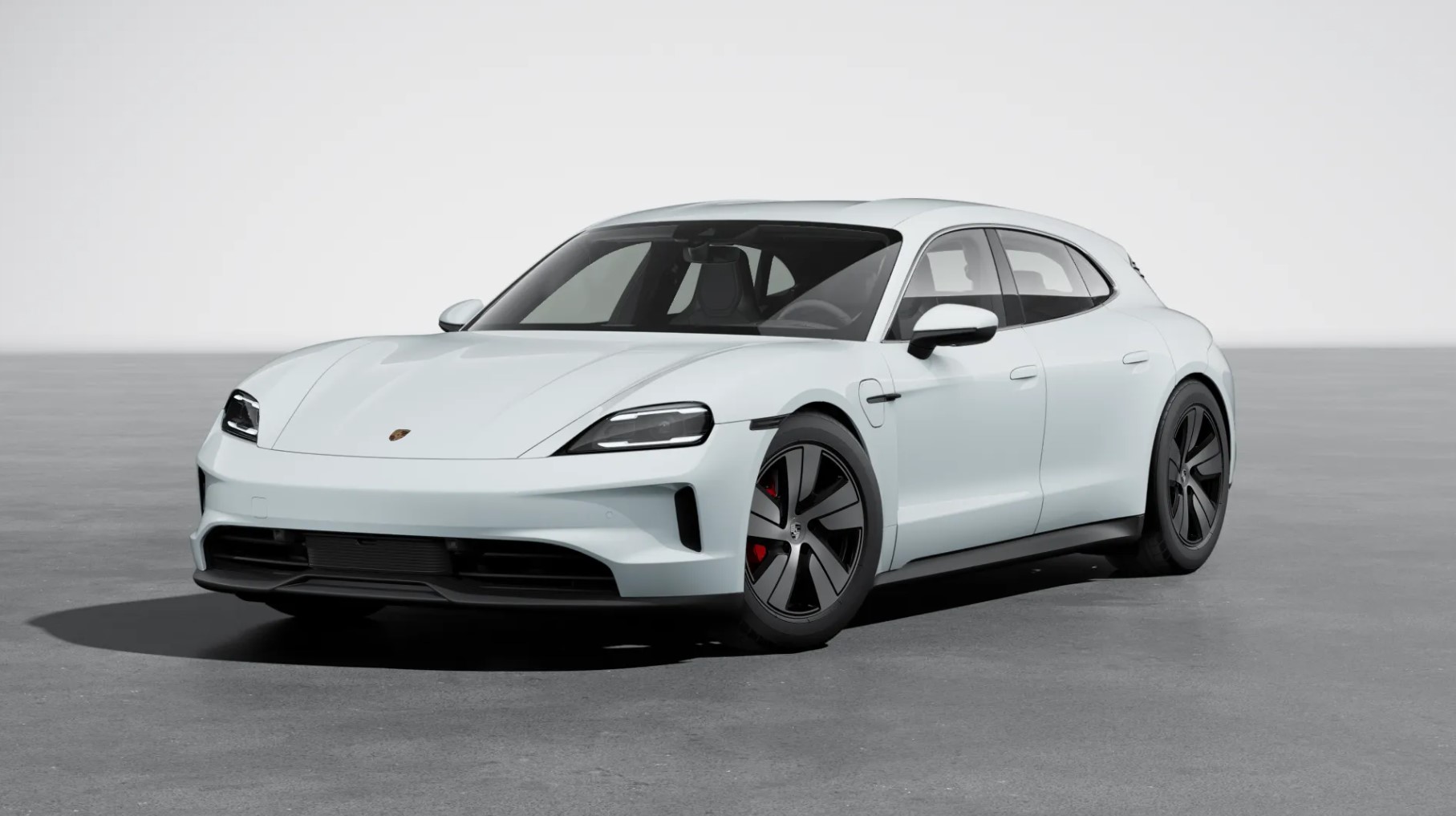
Any used Porsche has a strong chance of being a sought-after classic in years to come, so the German company’s first EV should also be something that gets enthusiasts in a whirl in the future. Obviously, there are some incredibly high-performance variants of the Taycan, but it’s probably at its very best in plainer, simpler forms – or, if you’re feeling adventurous, one of its two estate-shaped spin-offs in the guise of the Cross Turismo or Sport Turismo derivatives would make for a leftfield alternative. The good news is that there are plenty of good Taycans on the used market, making them a little more accessible than trying to muster up the cash to get yourself in a brand-new one. > Porsche Taycan Cars For Sale
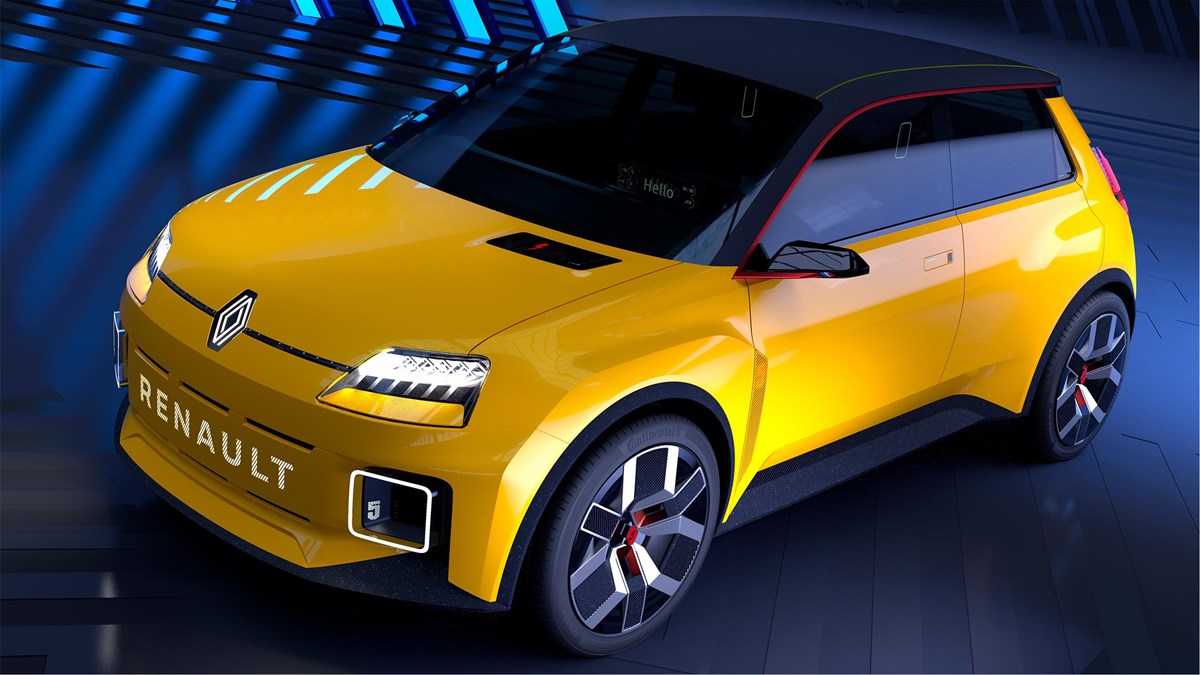
This is the newest car on our list, as it has only just been launched. And the secret to the Renault 5 E-Tech’s immense desirability is simple: it’s a modern re-visioning of the French company’s original 5 hatchback, which ran from the 1970s into the 1990s. The further genius of the new E-Tech version is not only how utterly brilliant it looks, because it is fabulous to behold, but the fact that it can provide a healthy one-shot driving range in excess of 400km, all without breaking the bank. If you want an even sportier spin-off that might one day be a touch more collectible, there’s the rarer and dearer Alpine A290 version – but we think the regular Renault 5 E-Tech is the one to go for. > Renault 5 Cars For Sale
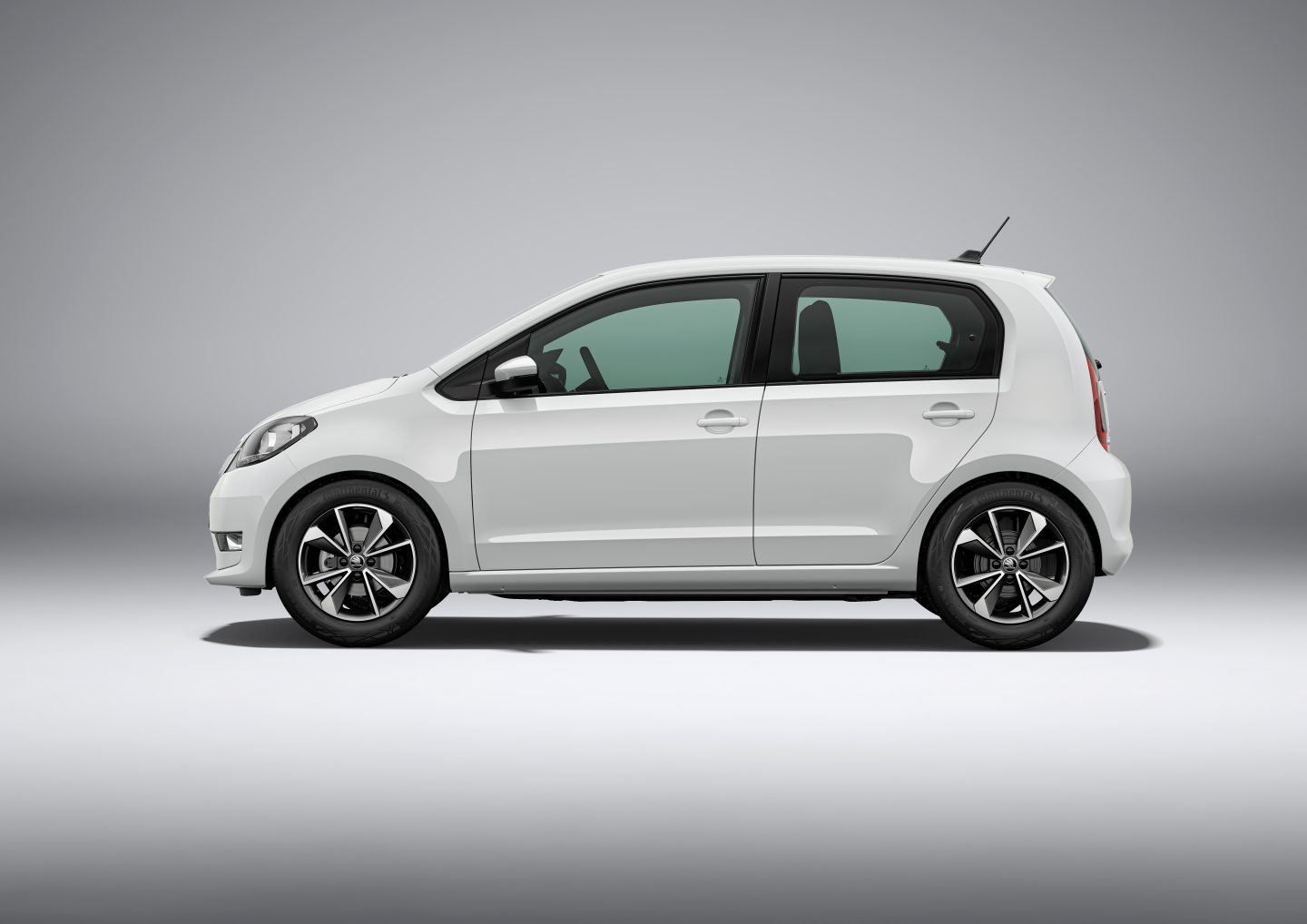
If affordable and technologically simple EVs have any future appeal, the Skoda Citigo-e surely has to be one of the examples that people will be seeking out on the used market. It was one of a triumvirate of tiny electric city cars, along with the Volkswagen e-Up and the SEAT Mii Electric, but due to the relative ubiquity of the VW effort and the greater esteem in which Skoda is held compared to SEAT, it’s the Citigo-e we think will be the one to secure. A compact 36.8kWh battery provided a theoretical maximum range of 270km, and if you get it in Skoda’s corporate green colour then it’ll look superb despite its diminutive proportions, making it more desirable as a future classic. > Skoda Citigo Cars For Sale
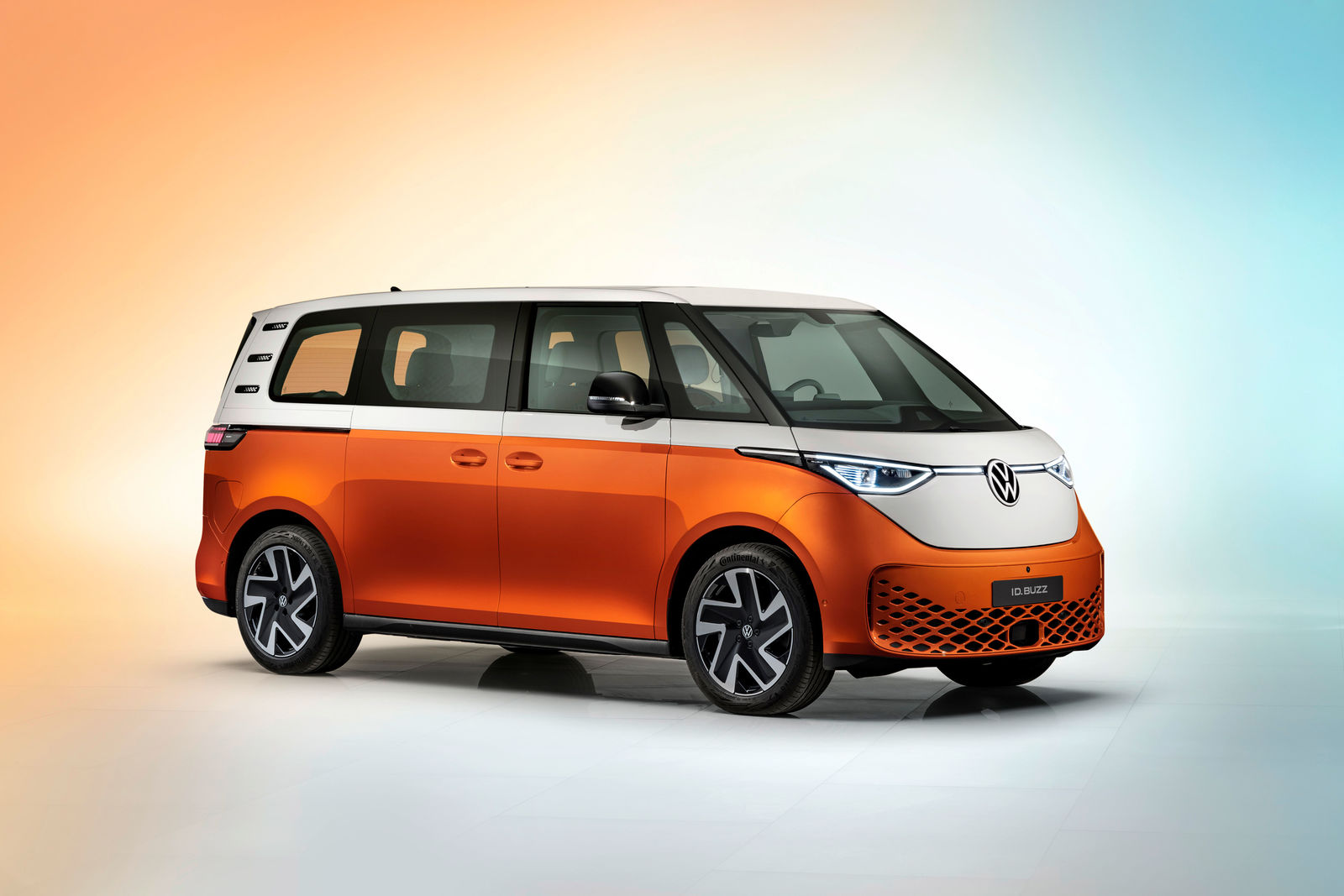
The reason for the inclusion of the ID. Buzz is almost solely the way it looks. Like the Honda e and Renault 5 E-Tech above, the innate charm of the Buzz is the fact it is styled to pay homage to the original Microbus, made most famous in the Swinging Sixties. It isn’t without flaws but get it in a lovely two-tone colour scheme and a good spec, and someone will always want to take the brilliant Buzz off your hands further down the line. > Volkswagen ID.Buzz Cars For Sale